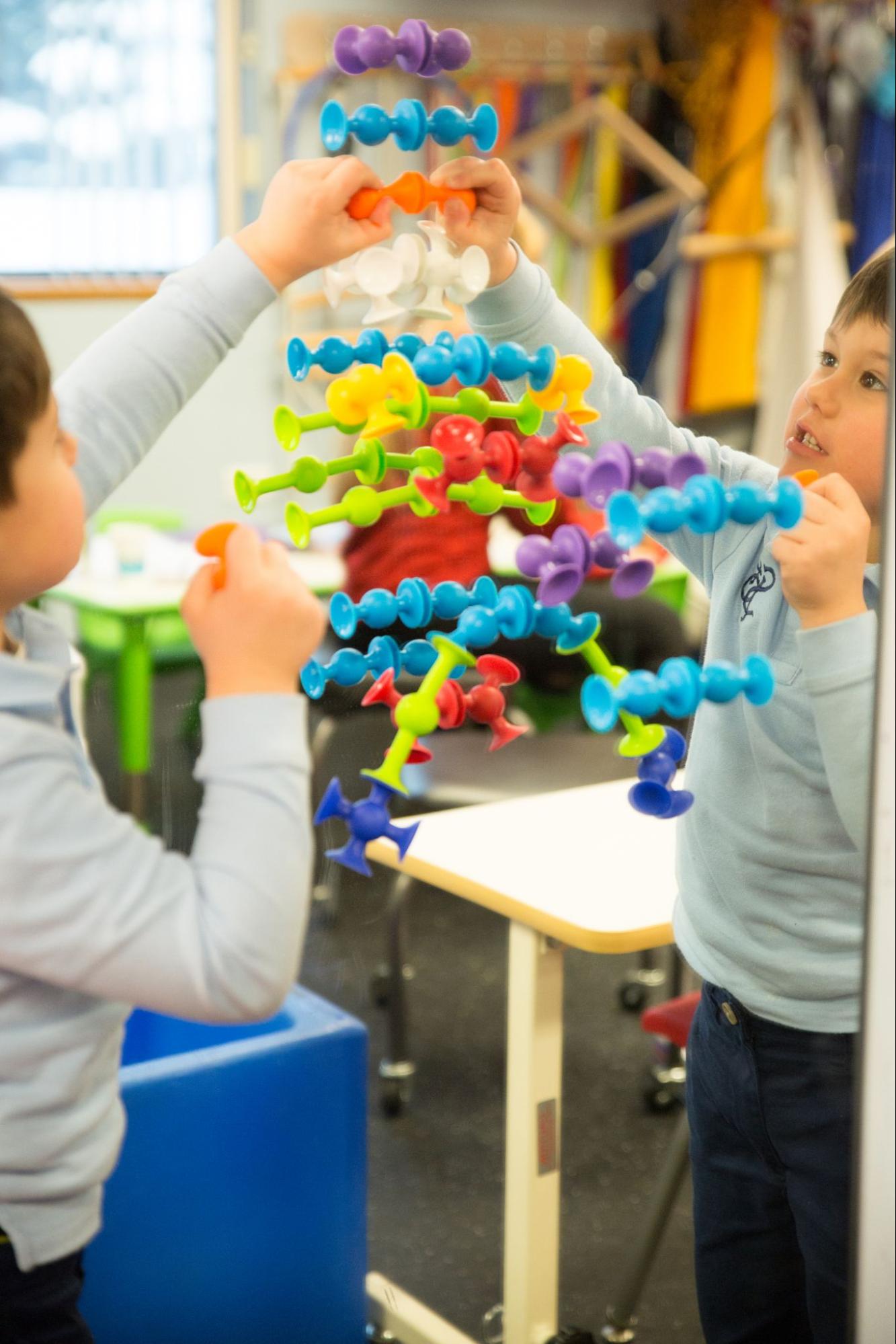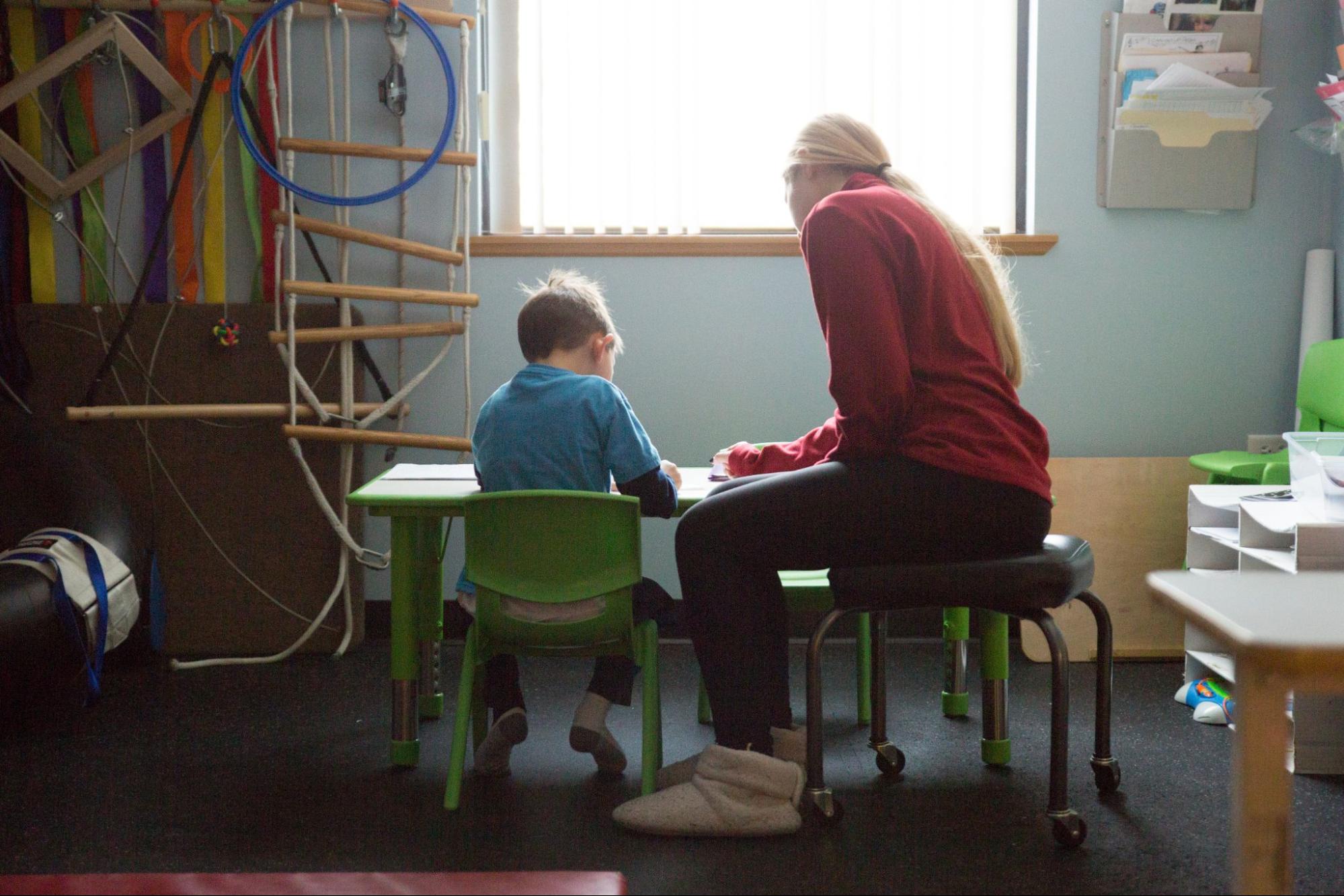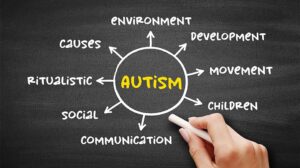Understanding misconceptions of ABA therapy
ABA therapy has developed into the most popular form of treatment for the symptoms of Autism. While ABA has been put in a negative light in the past, its course of treatment has changed drastically over the years, developing a list of misconceptions about ABA therapy.
The treatment is an intensive program with children receiving as much as 25-plus hours per week. The amount of hours are tailored to the individual child’s needs. However, there does not need to be lifelong commitment to ABA therapy. There is no “one size fits all” approach, which is different from the early beginnings of ABA therapy.
There are some common misconceptions of what ABA therapy is and what it entails. While some of it used to be true, today’s therapy has grown past that.
Below lays out the growth that ABA has had to what it is now making it a positive form of therapy.
Here are 7 of the most common misconceptions of ABA therapy:
Misconception #1: “Children are bribed in ABA therapy”
Children are not bribed in therapy as the “rewards” they are given are provided as reinforcement. Whereas a bribe would be dangled in front of a child’s face prior to them completing what is asked of them.
For example, a therapist would not present a gummy to a child and tell them, “if you do this, you will get the gummy.”
ABA therapy uses positive reinforcement to treat. Many acts in a typical environment are met with positive reinforcement.
Think of you telling a joke to a group of people: If the joke you tell receives a laugh from the group, you are more likely to tell that joke again. However, no one said “We will laugh if you tell a joke.”
The same goes for ABA therapy. The positive reinforcement is given after the wanted behavior occurs. This will include the likelihood of the child repeating the behavior. Just as if you told a joke, you would tell the joke again.
While many children in ABA have a preferred activity or toy for their positive reinforcement, something as simple as high praise also works.
This brings us back to how each ABA therapy program is individualized to meet a child’s interests.
Therapists will typically spend the early sessions finding out what works for each child.
As children begin ABA therapy, positive reinforcement occurs more frequently and the hope is to fade it out as they progress toward their goals.

Misconception #2: “ABA uses punishment to get results”
In the beginnings of ABA therapy, punishment was used. However, it is not something a majority of therapists in the world use.
As research and studies have progressed, it has been found that positive reinforcement is what drives results. “Punishment” does not involve any negativity or harm. It just means that the child’s rate of behavior went down (i.e. a child screams less in the future).
Punishment is not useful in isolation. If a behavior is eliminated but not filled with something positive to replace what it was serving, the child will likely do something else and it could be another problem behavior.
The goal of ABA is to build up a positive skillset to replace the need to use something problematic. For example: A child can be taught to not rip a toy out of someone’s hand. That can be only effective if the child builds the skill to say “can I play with the toy.”

Misconception #3: “ABA therapy tries to make children feel ‘normal’ ”
The goal of ABA therapy is not to change who a child is as a person. It is more about giving the individual options.
When a child is taught a new skill, they know they have the option to engage in previous or new preferred activities. They have the skill and knowledge to choose one or the other.
If they are not receiving positive reinforcement, they likely will not use the skills they are learning. The child needs to know that it is OK to make those positive choices on their own.
The goal is increasing the options they have when they grow up, for example, to watch Power Rangers, Barney or Modern Family. A child does not need to be fixated on Barney without knowing what else is out there.
If a 20-year-old person wants to watch Barney, it should be because they like it more than Power Rangers and Modern Family.
Teaching a child that they have choices is not ABA trying to “fix a child’s brain.” ABA is trying to teach a child information that many of their peers have learned in a way that makes sense to them. This is made possible by the individualized learning programs.
In ABA, a child will not be forced to do something that is contrary to who they are. These skills will allow them to function in their environment with their own personality. However, physical aggression and behaviors similar will be eliminated, but they will be taught how to express themselves in a more socially appropriate way.

Misconception #4: “ABA therapy is all play”
It is true that there is a lot of play in ABA therapy. From an outsider’s perspective it may look like that’s all it is. But for one, that is how children learn best, and two, the skills they are learning while playing can lead to life-changing results.
Westside’s clinics allow for lots of play, but growth as well. Children will also make their most growth receiving their therapy in a clinic.
A typical developing child will learn through play just as much to learn shapes, numbers, colors, coordination, etc.
Toys for children are designed to help them learn, especially ones used in ABA therapy. ABA therapy can be more formal at a table group setting that looks like play, but even with that, therapists try to keep the activities age appropriate to how other children are learning.
Another goal of this type of ABA setting is to teach children how to learn in a typical environment, such as a classroom.
Misconception #5: “The child will not know how to translate their skills to a real social environment”
A common fear is that the child is only going to be able to perform the skills on command in a therapy setting and not be able to bring it to the natural environment. This is called generalization. If what the child learns in therapy is not transferred over, the skill is essentially useless.
For example: eye contact. An ABA session will not force a child to stare at a therapist for unnatural amounts of time as that is not something anyone would do in a typical environment.
However, a therapist might wait for a child to make eye contact on their own to continue an activity. Something done in ABA and something a parent can do at home too is pushing a child on a swing. Have the swing stop and wait for the child to look at you to continue.
Doing it that way is something anyone would do in a typical environment. The child learns that the eye contact is natural and is their way of requesting and receiving something they want. Notice how the child is learning through play, too.
This works for a younger child. As a child gets older and if eye contact is still something that is a challenge, other strategies can be used.
This is not to change who the child is, but giving them an option to do something and a chance to be more successful.
However, each child’s program will be tailored differently to their own social structure.

Misconception #6: “There is no science behind ABA therapy”
ABA therapy is the only approved treatment for the symptoms of Autism. There has been research and studies done for this form of treatment, as well as other forms of treatment to complement ABA (physical therapy, occupational therapy, speech therapy).
ABA is also recommended by doctors and approved by most insurances. Most insurance companies will fund ABA and pay for a majority of the services.
Misconception #7: “I’m starting ABA therapy, but still concerned”
If you are concerned about starting ABA therapy, you can stay in contact with your BCBA.
At Westside, our BCBAs welcome you to observe sessions early on.
One of our BCBA’s says that she’s had parents contacting her multiple times an hour on their child’s first day and throughout the first week. By week two it dwindles down, and by week three she’s not hearing from them.
Keeping in contact is important because parent training is crucial to maintaining a child’s growth. If a child has a great day in ABA therapy, but goes home and the problem behaviors arise and the skills that are worked on are not applied, the child may regress..
Our therapists are here to comfort you and make sure you are involved in the journey.
If you are thinking about starting ABA therapy and still have concerns or questions, be sure to reach out. And if you’re ready to get started, click the link below.
[/et_pb_text][/et_pb_column]
[/et_pb_row]
[/et_pb_section]







